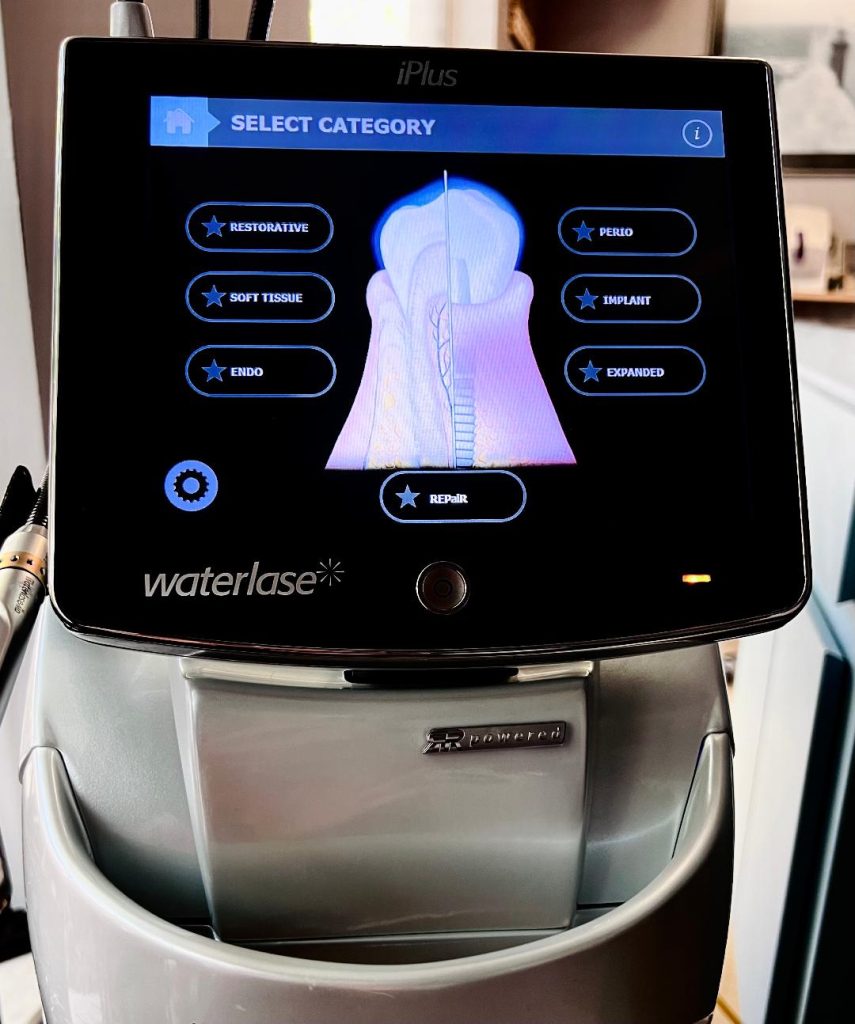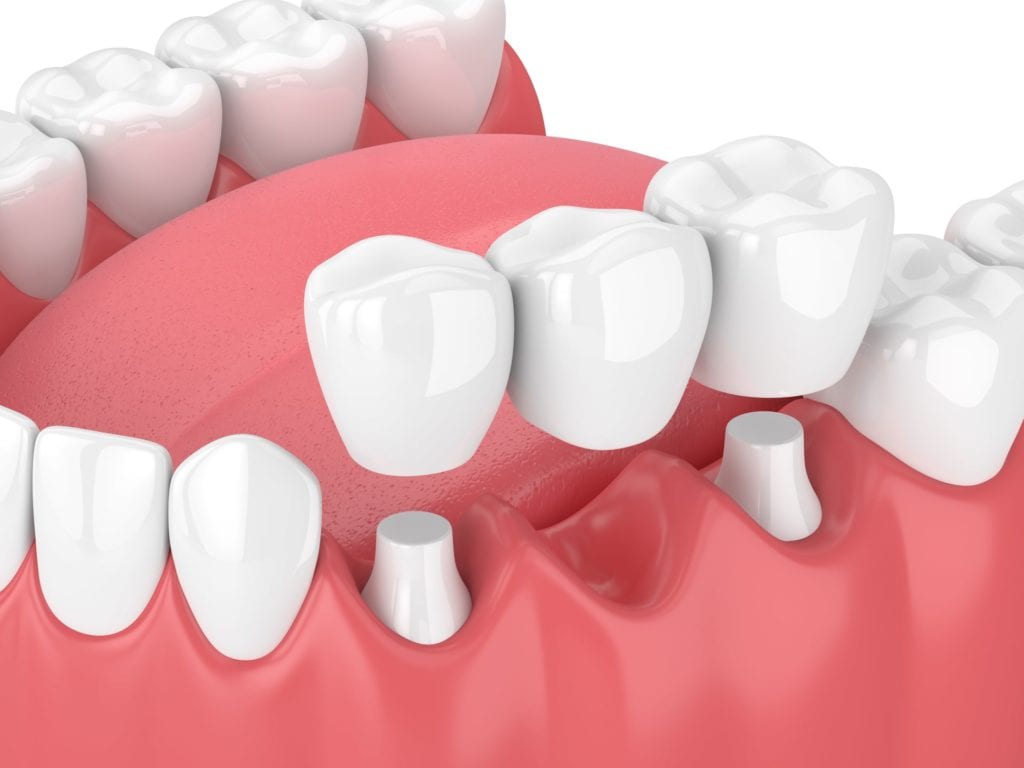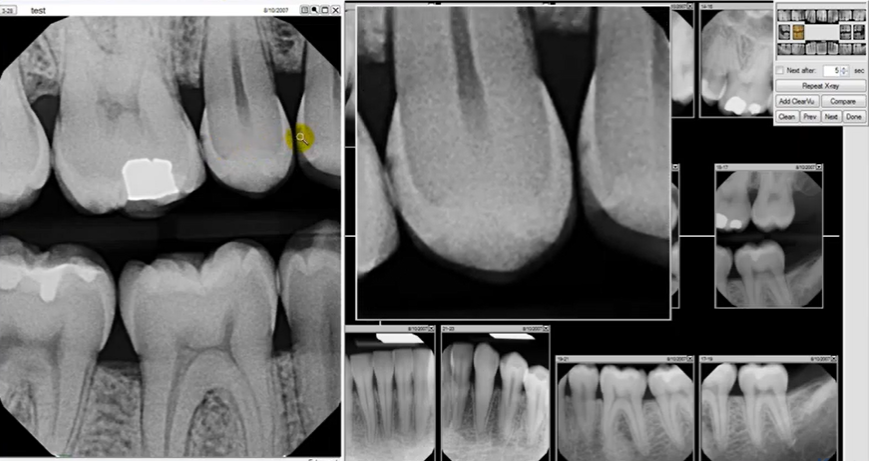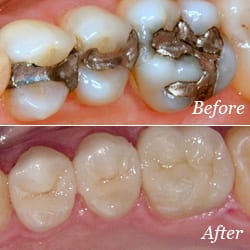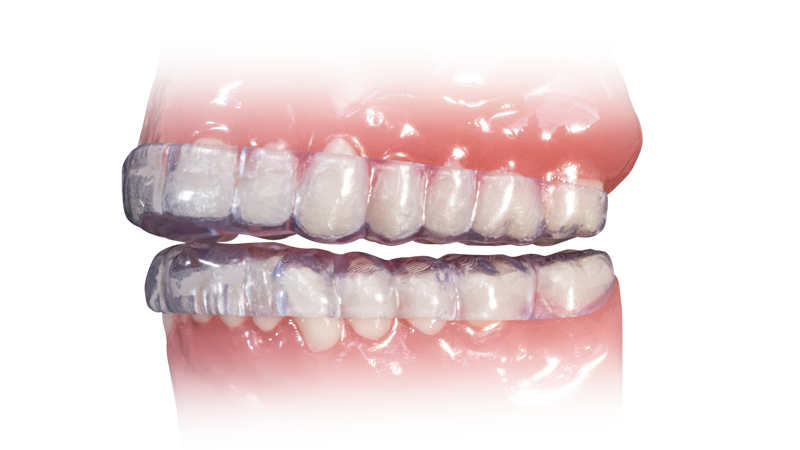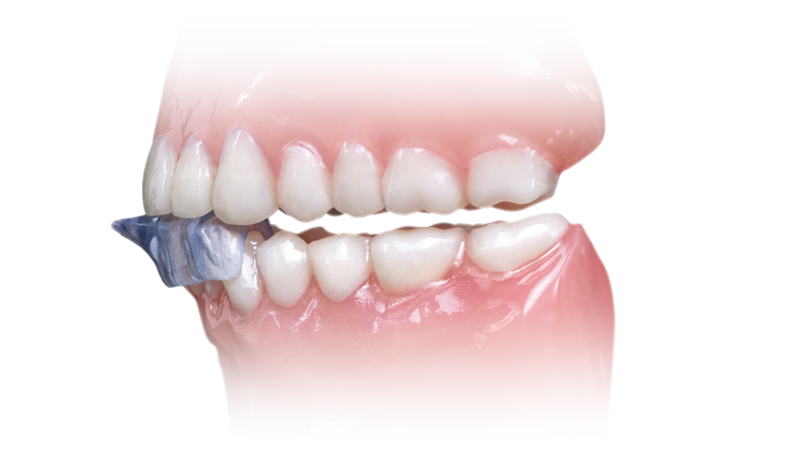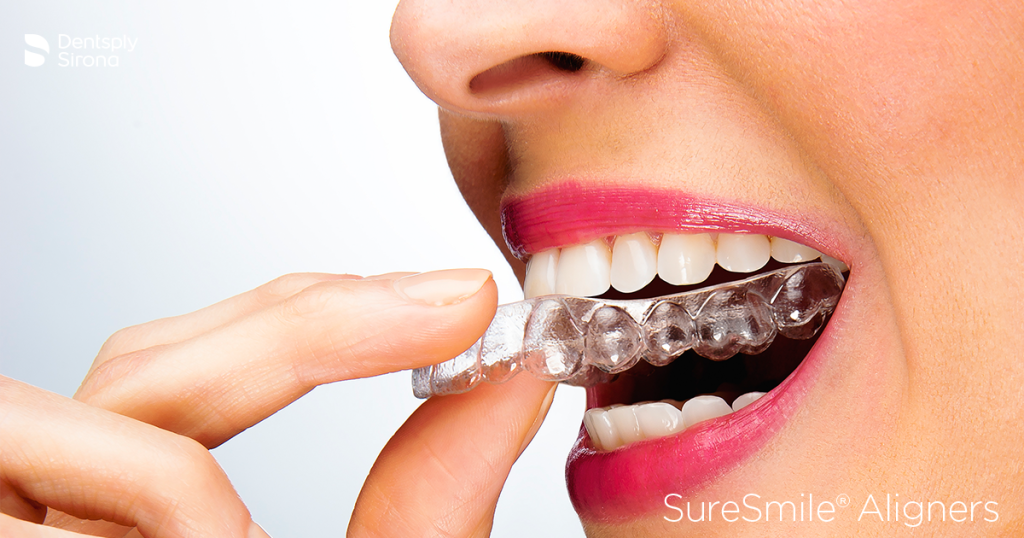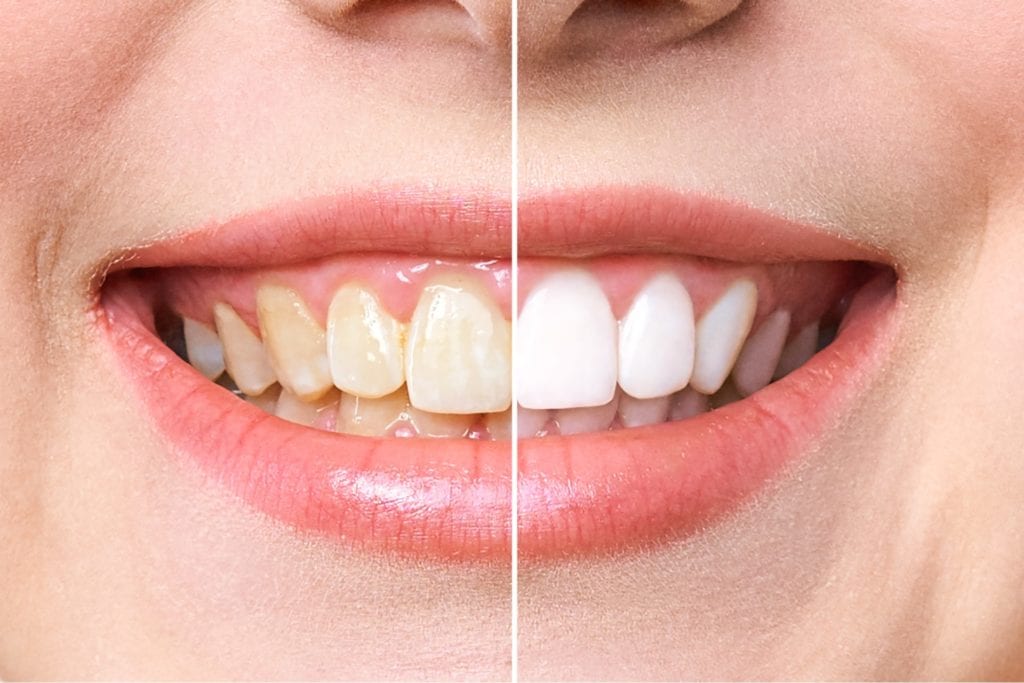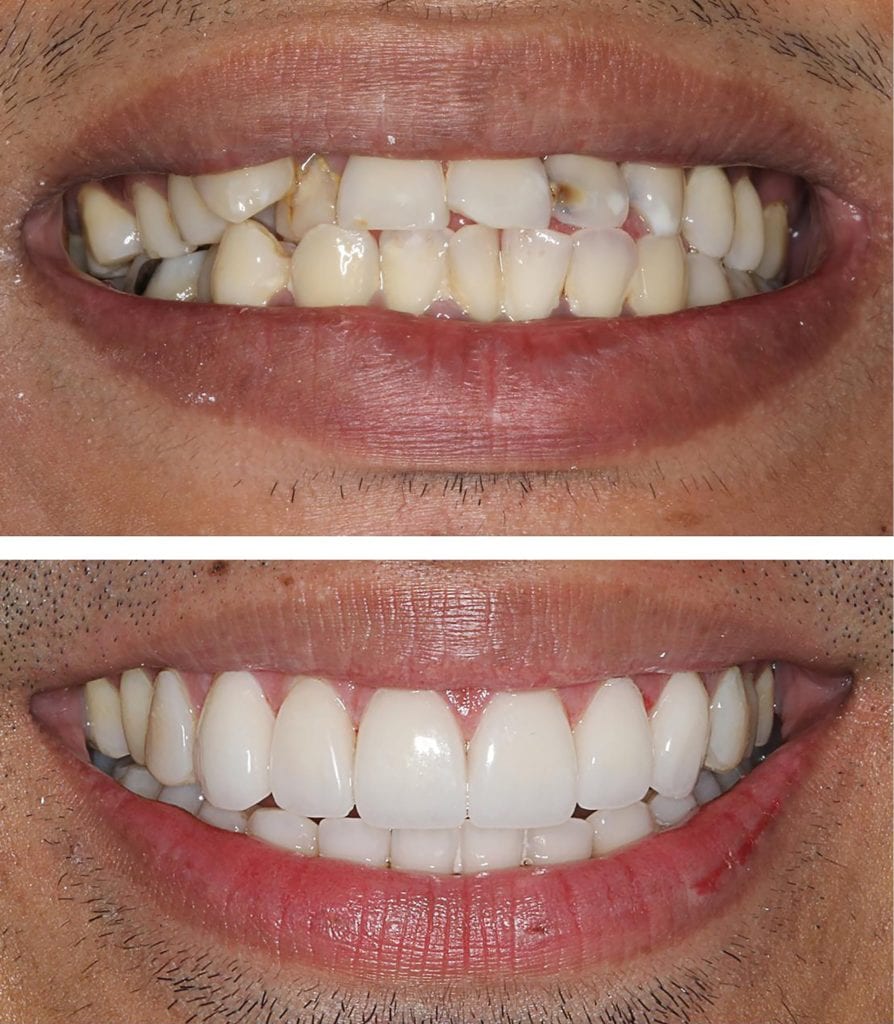Services
We offer a wide variety of
We offer a wide variety of dental services
Cleanings
Laser Fillings
Root Canals
Teeth Cleanings
We offer a wide variety of
We offer a wide variety of dental services
4 Types of Dental Cleanings
Did you know that you have thousands of naturally-occurring bacteria in your mouth that love to live on the surface of your teeth and share the same food you eat? Gross, isn’t it? The good news is that excess bacteria can be removed from your teeth through regular brushing, flossing, and dental cleanings.
To prevent bacteria populations from growing and causing dental issues like tooth decay and gum disease, the American Dental Association advises individuals to visit their local dental practice once every six months for a dental exam and cleaning. Dental exams will allow your general dentist to evaluate the health of your teeth and gums, while professional teeth cleanings will remove excess plaque and tartar. Since bacteria live in dental plaque and tartar, this also removes large amounts of bacteria.
1. Prophylaxis Dental Cleaning
The word prophylaxis means “to prevent disease”. Therefore, prophylaxis dental cleanings are used to clean healthy teeth in order to prevent them from becoming affected by tooth decay or gum disease. Prophylaxis cleanings remove plaque and tartar from the front, back, and sides of teeth using a dental scaler or water stream. Most dental patients only require a prophylaxis cleaning, especially if they have kept up on daily dental hygiene and semiannual dental appointments.
2. Scaling and Root Planing Cleaning
Scaling and root planing cleanings, also known as deep cleanings, are used to both the teeth and gum pockets in order to treat gingivitis and periodontitis. Deep cleanings for gingivitis are usually completed in a single dental appointment. Deep cleanings for periodontitis, on the other hand, may require multiple appointments and local anesthetics depending on the severity. Scaling is the process that removes plaque and tartar from the tooth’s surface and in the gum pockets below the gum line that form as a result of gum disease. Not only does this remove bacteria, but it also helps to reduce gum inflammation. Root planing is the process of smoothing the tooth roots, which helps the gums reattach to teeth and eliminate gum pockets.
3. Periodontal Maintenance Cleaning:
Periodontal maintenance cleanings are also dental cleanings designed to treat gum disease. Like scaling and root planing, they remove excess plaque and tartar from the tooth surface and gum pockets, then smooth out the roots if needed. The main thing that sets periodontal maintenance cleanings apart is that they are usually performed more often than other types of dental cleanings. This is because gum disease is progressive and will continue to get worse if not effectively treated.
4. Gross Debridement Cleaning:
Gross debridement cleanings are the most heavy-duty of teeth cleanings designed to clean teeth with copious amounts of plaque and tartar. These cases are generally individuals that struggle to maintain an oral care routine or who have avoided the dentist for a significant amount of time. Since plaque hardens into tartar and large amounts of tartar are especially hard, an electrical tool is used to loosen tartar during gross debridement cleanings. Once the excess plaque and tartar have been removed, a prophylaxis cleaning is performed to further clean the teeth.
As you can see, there are different types of dental cleanings that your dentist may choose to use depending on what they find during your dental exam. While all of these cleanings have the same basic premise, they each offer a slightly different approach based on certain situations. Now that you know the four types of dental cleanings, only one question remains: how long has it been since your last teeth cleaning?
Digital X-Rays
Digital X-ray technology also enables our patients to see their dental condition for themselves. The digital X-ray image is instantly displayed on a large computer screen and can be enhanced and magnified to show conditions such as cavities or structural weaknesses in teeth.
Laser Fillings
We offer a wide variety of dental services using the latest technology, including the Waterlase and Thor Laser. A safe and gentle alternative to traditional dental tools. Using laser and water spray, Waterlase can perform many procedures without anesthetic or a drill including, Periodontal procedures, crown lengthening and much more.
THOR LaserPhotobiomodulation,
Laser Therapy (LLLT) for tissue healing, inflammation, pain relief and wounds.
Same Day Porcelain Crowns
CAD/CAM is a system that delivers superb quality porcelain restorations quickly, precisely, and efficiently. Just look at these benefits!
- A single-appointment restoration — only one visit needed
- An efficient appointment — less time spent in the dental chair
- A natural-looking filling — no more silver metal-mouth
- A healthier, metal-free filling
- No messy impressions or ill-fitting temporaries
- A restoration that matches the natural color of your teeth
- A restoration that is anti-abrasive, bio-compatible and resistant to plaque
- A durable restoration — CAD/CAM fillings don’t break or leak like traditional fillings
- Proven technology — ten years of clinical research and over four million restorations performed worldwide
CAD/CAM fillings are an enormous advance over traditional silver (mercury amalgam) fillings. CAD/CAM fillings are metal-free, plaque resistant, color matched and bio-compatible. As well, they are so precisely made we can preserve more of your natural tooth tissue when preparing the tooth for restoration.
Crowns
Crowns are a cosmetic restoration used to strengthen a tooth or improve its shape. Crowns are most often used for teeth that are broken, worn, or partially destroyed by tooth decay.
Crowns are “cemented” onto an existing tooth and fully cover the portion of your tooth above the gum line. In effect, the crown becomes your tooth’s new outer surface. Crowns can be made of porcelain, metal, or both. Porcelain crowns are most often preferred because they mimic the translucency of natural teeth and are very strong.
Crowns or onlays (partial crowns) are needed when there is insufficient tooth strength remaining to hold a filling. Unlike fillings which apply the restorative material directly into your mouth, a crown is fabricated away from your mouth. Your crown is created in a lab from your unique tooth impression which allows a dental laboratory technician to examine all aspects of your bite and jaw movements. Your crown is then sculpted just for you so that your bite and jaw movements function normally once the crown is placed.
Bridges
A dental bridge may be used to replace missing teeth, help maintain the shape of your face, and alleviate stress on your bite.
A dental bridge replaces missing teeth with artificial teeth, looks great, and literally bridges the gap where one or more teeth may have been. Your bridge can be made from gold, alloys, porcelain, or a combination of these materials, and is bonded onto surrounding teeth for support.
The success of any bridge depends on its foundation — the other teeth, gums, or bone to which it is attached. Therefore, it’s very important to keep your existing teeth, gums, and jaw healthy and strong.
Dental Implants
Dental implants are the most natural form to restore a missing tooth. An implant is a synthetic tooth root that is implanted into the jawbone. They are very strong, normally made of the same material used in many hip and knee replacements-titanium.
Dental implants offer the ability to restore the tooth most closely to its original function. Traditional dental bridges require the removal of healthy tooth structure to neighboring teeth and can present a food trap that may be difficult to clean. A dental implant does not rely on neighboring teeth for support, and they are just as easy to clean as your natural teeth.
*We provide the final dental implant crown, the titanium post is placed by an Oral Surgeon.*
Veneers
Veneers are custom, porcelain facings that are bonded to the front surfaces of teeth to whiten teeth, close spaces, straighten teeth, or repair chipped or worn teeth. The veneers are only about 1 mm thick (the thickness of a fingernail). That same thickness is “shaved” off the natural tooth surface so when the veneer is bonded to the tooth, the tooth doesn’t feel or look “thicker”.
Whitening
First, we will make impressions of your teeth so that our lab can create custom whitening trays to fit your mouth. These trays will guide the whitening agent to the areas of your teeth that need to be whitened. We will record the current color of your teeth to help you monitor your progress.
Nightguard
This is used for patients who grind or clench their teeth. It is worn over either top or bottom teeth while you sleep to prevent contact and helps relieve jaw pain. Without a nightguard grinding can cause teeth to wear down, crack or even break.

